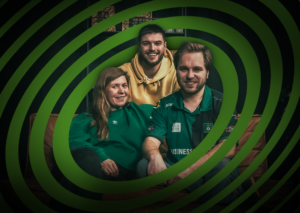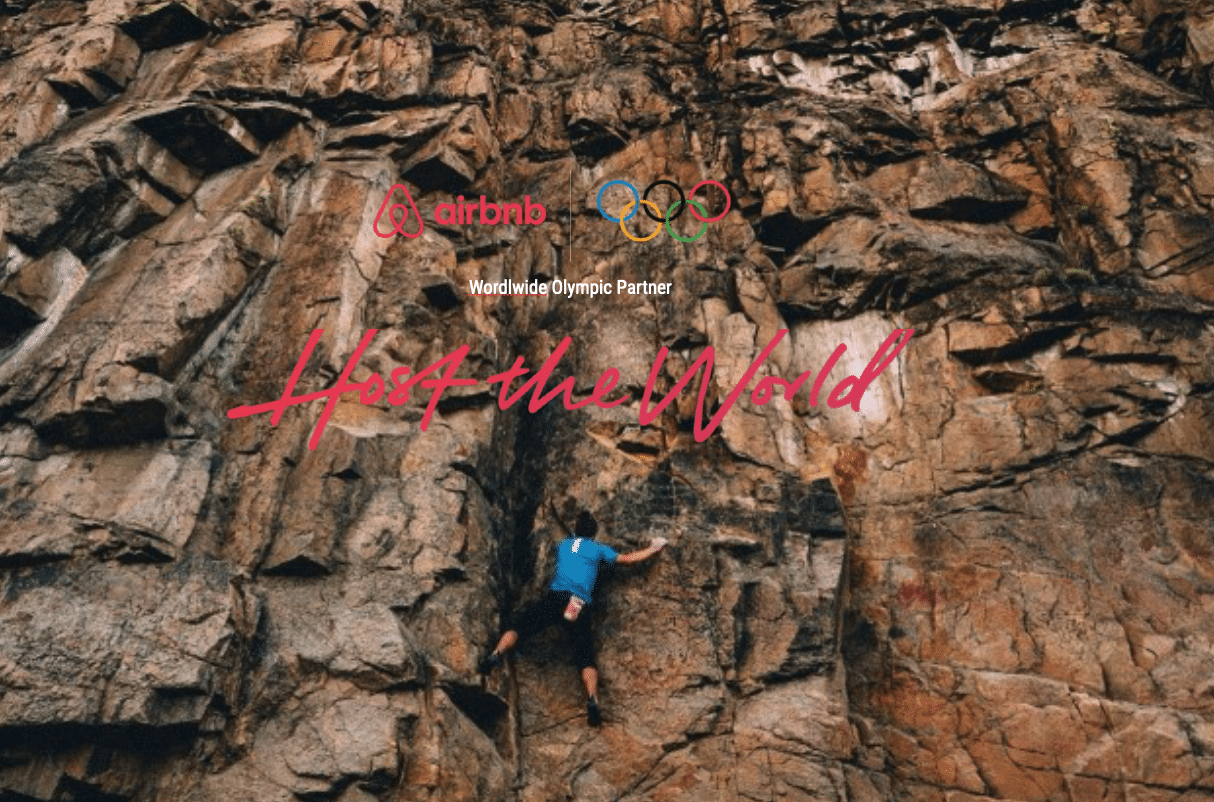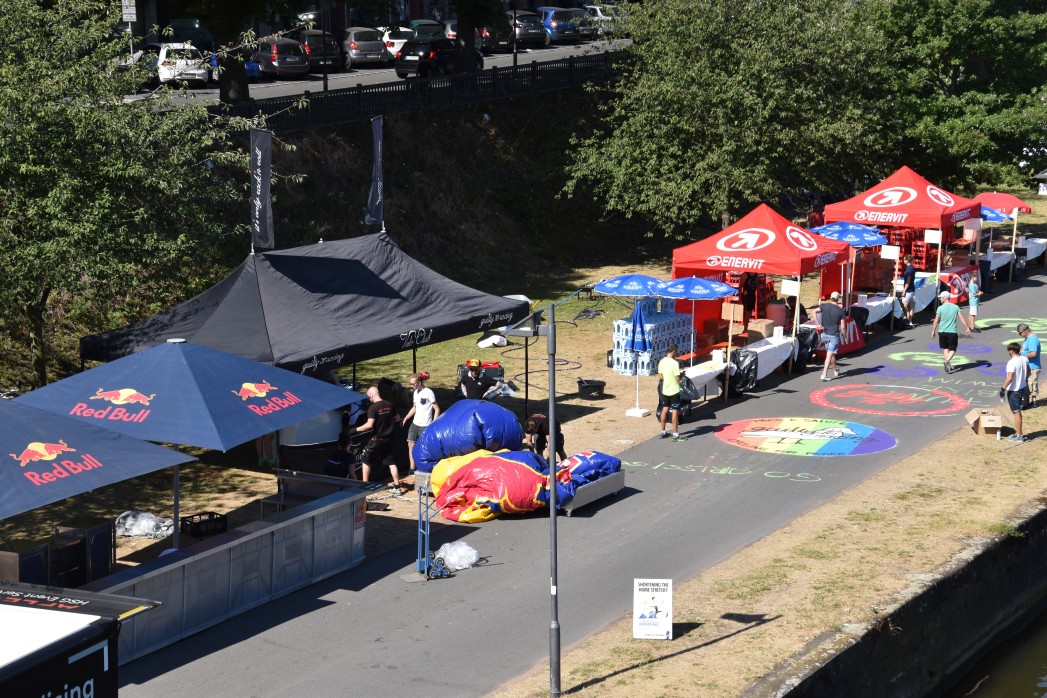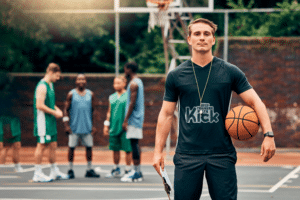
Podcast for Cercle Brugge
Cercle Brugge is a professional football club based in Bruges, Belgium. The club was established in 1899 and ever since they acquired a very loyal

Brand sponsorship as part of your marketing strategy is an opportunity for big, medium and even small brands to partner with companies in order to reach their target audience and build your brand in a sustainable way.
With all the sponsorship opportunities out there, it’s often hard to chose whether you’re going for music festivals, sports teams, cultural events or even individuals?
And an even bigger challenge as a sponsorship responsible to keep everything organized and ensure a maximal ROI for each of these sponsorships.
Over previous jobs & projects, I got to experience the different aspects of sponsorship.
At Etixx Sports Nutrition, we had a lot of sponsorships in place and needed to create structure, a clear strategy and activation strategy, at Red Bull I got to experience how a brand that excels in sponsorships organizes themselves, for Polar Electro I needed to work on activation & content creation and more recently I negotiated an activation strategy for a company wanting to sponsor KAA Gent. In many other project we got to start from scratch, which is often the easier approach 😉
Here’s some of the main findings from across these projects:
What often happens to brands that have been doing sponsorship for some years is that their portfolio starts to become one big chaos.
Some sponsorships have been initiated by the CEO, others by a marketing director that has left by now and often just small collaborations keep appearing.
So step 1: get organized.
Here’s what you’ll want to add:
At some point you’ll have to report whether a sponsorship was valuable or not.
The time that sponsorship is all about getting free tickets and placing your logo on as many places as possible is becoming a thing from the past as marketeers started assessing sponsorship as communication channels.
Meaning they need to calculate the ROI and start comparing them with other communication channels that might be more effective or cheaper.
So how does that work? Simple. KPI’s for each stage of the inbound marketing funnel are assessed:
But wait?
What about all the non-quantifiable advantages that a certain partnership has?
The hard part is calculating the qualitative returns: is this a strategic partnership, does this partnership confirm your expertise or are any other factors involved?
Try not to hang on too tight on the numbers, just use them as a base to challenge yourself and to start your assessment with.
If word gets out that you’re open to sponsorship deals, you’ll get bombarded with requests.
With all the opportunities out there, as a brand you have a good sponsorship strategy in place.
Just like your media spend, you’d prefer to really own a segment than to have little bits of various segments.
So decide whether you’re going for arts, music, sports, events… And then divide further to for example only endurance sports, extreme sports, outdoor sports.
This will put you in the driver seat instead of having a reactive attitude towards sponsorship.
Take the sponsorship strategy for a brand like Red Bull.
It’s obvious that they went fully for extreme sports and more specific: they focused on high potentials that hadn’t completely reached the top yet.
By sponsoring them, they could actually grow and if thén they break through, it’s gold for a brand like Red Bull.
You might’ve also noticed their strategy has changed the past years?
When you say extreme sports, you automatically think about Red Bull, so that segment was saturated for them.
In order to grow, they decided to focus more on mainstream sports, like soccer, athletics (Nafi Thiam) and cycling.
This first was really a NO GO for years as cycling has had too many cases where it was linked to banned substances, which is not something a brand like Red Bull could afford.

Closely related to the previous point, you have a big responsibility in ensuring that you get that ROI up.
Of course you’ll expect your partners to give you the opportunities, but it’s up to you to negotiate a good return for your investment.
From my experience partners are very open to set-up activations at events, with athletes or during festivals.
You just need to ask for it ànd have budget available.
The costs of creating a creative booth or activation is obviously not included in the sponsorship deal.
Golden rule here? For every budget sponsored, make sure you have an extra 50% of that budget available for activations.
If you want to get the best ROI out of your sponsorship, ensure that for every euro spent, you have an extra €0,5 available for activation.
- Julie Vandenhouweele Tweet
So what if you get 2 requests from organizations or people who are in the same segment and have the same followers.
How you chose between the 2 if there isn’t a sufficient budget to accept both?
You go for the one that matches best with your brand values.
… Which is actually the secret sauce of any successful partnership.
This part isn’t fun for any sponsorship manager.
Who doesn’t like making people happy by starting collaborations, and get some free tickets or exclusive access in return? 😉
I felt it was best to have a ‘turning-down’ offer in place.
Just something you can offer to anyone who doesn’t exactly match the profile you’re after.
So at Etixx Sport Nutrition we offered a team discount when buying our products in pharmacy, Red Bull allows the use of a branded starting arc or a Red Bull DJ for bigger events, and many banks like ING give out branded goodies.
What I feel works best is something that is closest related to your main communication target:
As I described in a previous article about how to create a good unsubscribe page: any contact you have with an external party is a brand touchpoint, so also here you want people leaving with a good feeling.

***
I could go on for hours but I’ll leave it to that for now. Hope you found it useful!
If you enjoyed this one, please join the newsletter.
If you have anything to add, do share your opinion with me!
Cheers for now – Julie
We don’t have time to spam you 🙂 We’ll just send useful tips & trics, case studies from previous projects & free templates, promise!




Cercle Brugge is a professional football club based in Bruges, Belgium. The club was established in 1899 and ever since they acquired a very loyal

The trainer shortage in the Leiestreek has been a long-standing concern. Therefore, with Sport Vlaanderen, Burensportdienst Leiestreek developed ‘Geef trainers een KICK’. This project is

The trainer shortage in the Leiestreek has been a long-standing concern. Therefore, with Sport Vlaanderen, Burensportdienst Leiestreek developed ‘Geef trainers een KICK’. This project is

The trainer shortage in the Leiestreek has been a long-standing concern. Therefore, with Sport Vlaanderen, Burensportdienst Leiestreek developed ‘Geef trainers een KICK’. This project is
